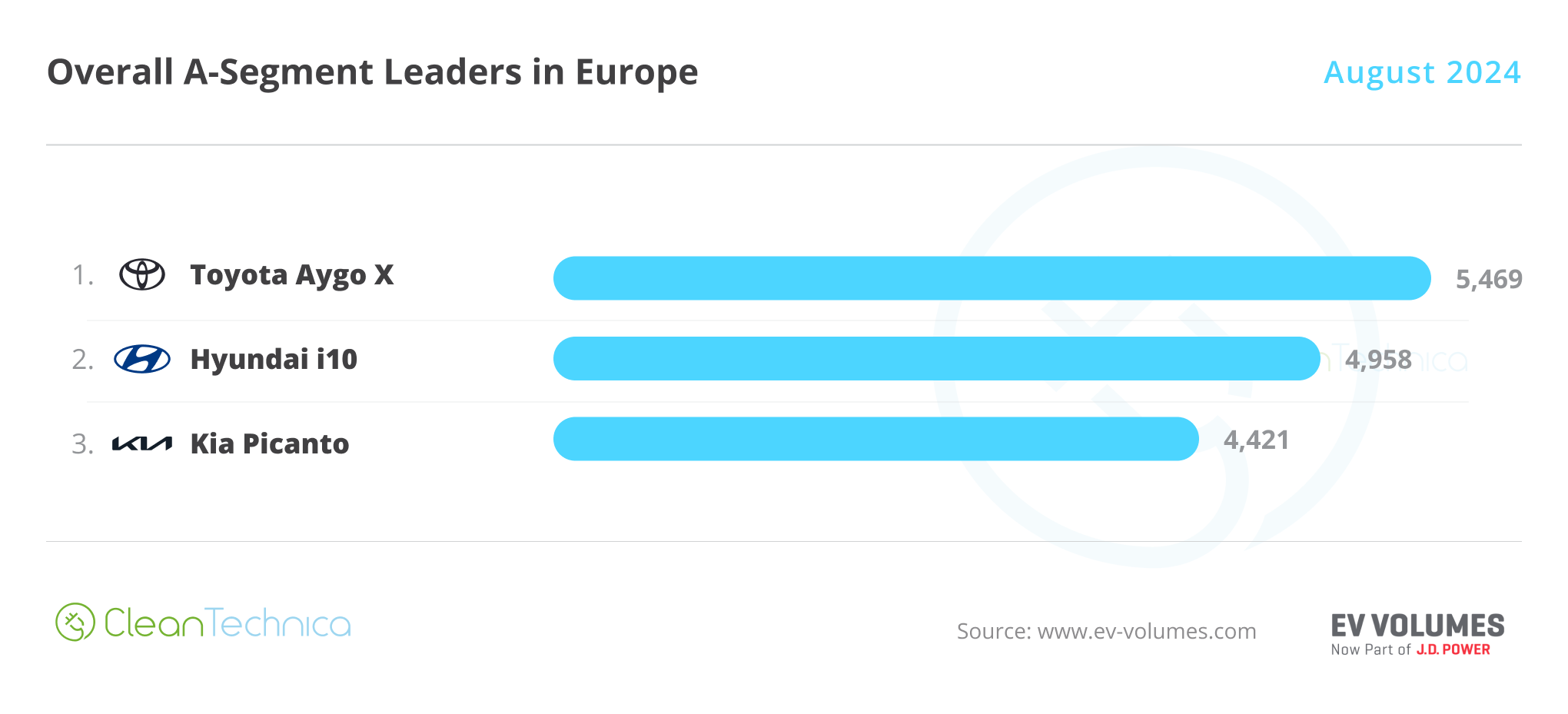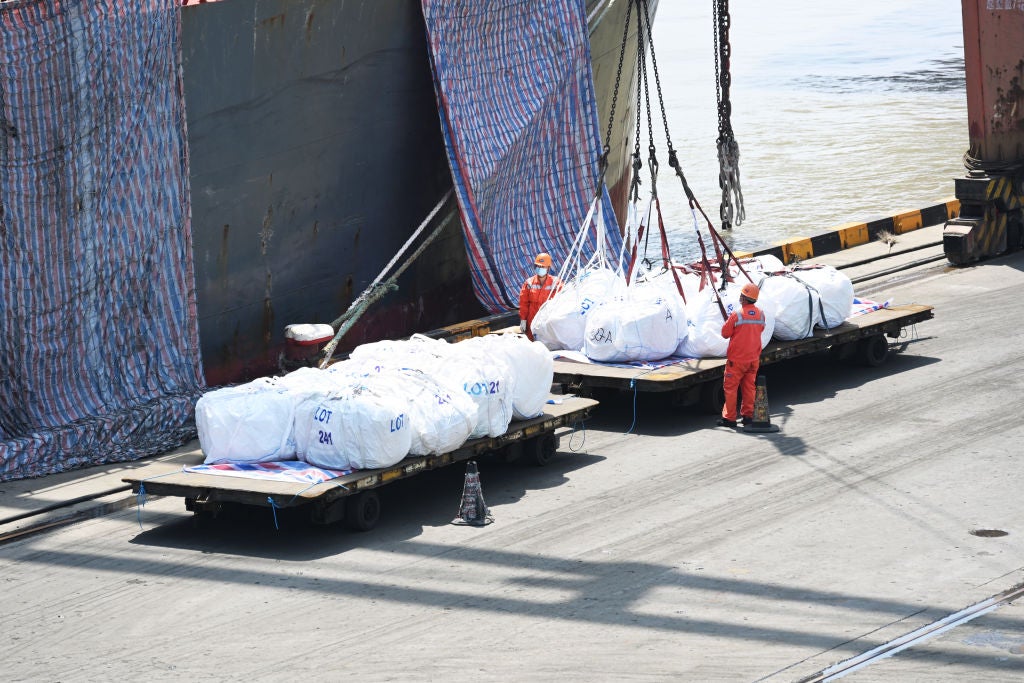Sign up for daily news updates from CleanTechnica on email. Or follow us on Google News!
Grid Analysts Kapil Duwadi and Erik Pohl Discuss NREL’s Role Assisting India With Distributed Energy Resource Integration
Kapil Duwadi and Erik Pohl are part of the Grid Planning and Analysis Center at the National Renewable Energy Laboratory (NREL). In this installment of NREL’s Tell Me Something Grid series, they share how NREL is working with distribution companies in India to facilitate integration and management of distributed energy resources (DERs).
India has set a goal of adding 450 gigawatts (GW) of renewable energy to its power system by 2030. By the same year, the country also plans to achieve 40% renewable electricity capacity.
Successfully meeting these goals mean India must rapidly increase its adoption of distributed energy resources (DERs), such as solar, storage, and electric vehicles. Beyond helping curb the country’s emissions, increased DER integration can also lower customers’ costs, improve system reliability, and present economic opportunities for India’s private sector.
At the same time, more DERs means the state utilities that manage India’s grid must grapple with the potential impacts, such as voltage violations and demand shifts, that DERs may have on the country’s medium- and low-voltage distribution networks. Failure to manage these changes and risks could delay roll out of DERs and other renewable energy technologies, as well as slow down India’s overall energy transition.
With support from partners such as the Children’s Investment Fund Foundation and U.S. Agency for International Development (USAID), our team at NREL is collaborating directly with state utilities across India to provide technical assistance and tools to manage DER growth.
Shifting Toward Improved Data Management
Distribution system engineers in India and beyond need quality data for accurate planning and informed decision-making.
However, when we started working with the distribution utilities in Delhi—BSES Yamuna Power Limited (BYPL) and BSES Rajdhani Power Limited (BRPL)—it became clear the tools and processes to collect the data necessary for DER modeling and analysis were not in place. Without data, BRPL and BYPL were unable to fully understand the landscape of their energy profile and the impacts DER integration might have on the distribution grid.
To address this gap, we created the Simple Synthetic Distribution Feeder Generation Tool (SHIFT). SHIFT builds synthetic distribution feeder data models using existing, open-source information for the local area, such as buildings and road networks. It does all of this while still being able to incorporate any data the utility may have available.
While SHIFT does not completely replace the need for real data, it can help our partners overcome data availability issues and kick-start their DER analysis projects, without waiting months or years to collect their own data.
Emergence of Advanced DER Risk Analysis
An equally important aspect of managing DER growth is helping ensure DER interconnection does not cause power quality issues that can result in outages.
In the state of Tamil Nadu, we worked with their utility—the Tamil Nadu Generation and Distribution Corporation Limited (TANGEDCO)—to develop a custom approach to distribution network analysis that defines risk by assessing the magnitude of power quality violations, the number of customers impacted, and the duration of violations. The approach ultimately became the Emerging technologies Management and Risk evaluation on distribution Grids Evolution (EMeRGE) tool.
Through the development of EMeRGE, we found that distributed solar can improve TANGEDCO’s network conditions. Solar inverters without advanced inverter function (or the ability to change its power output as a function of control parameters, such as voltage) were sufficient to reduce undervoltage problems. However, advanced inverter function would certainly provide more benefit as solar deployment level increases to address both overvoltage and undervoltage problems.
Risk analysis such as this is essential as TANGEDCO strives to safely incorporate growing shares of distributed solar energy.
Evolved Methods for Assessing Distribution Load
Analyzing time series data and variances in demand is another key part of any distribution engineer’s daily tasks.
With support from USAID, our team worked with Delhi’s state utility, BYPL, to understand the evolution of net load profile with the growing adoption of DER technologies. Together we created a framework to assess the net-load evolution that distribution utilities will observe as DERs make their way to the grid.
This framework, EVOlution of Net-Load Variation from Emerging technologies (EVOLVE), is a set of models and algorithms rolled up into an interactive and user-friendly dashboard that is now available at no cost to any interested users.
The dashboard allows distribution engineers to use historical time series load profile data to assess relevant scenarios, observe predicted shifts in customer demand, and make decisions accordingly.
Our EVOLVE assessment with BYPL determined that distributed technologies could indeed create incremental shifts in demand throughout the day that, in aggregate, could accelerate BYPL’s need to overhaul operation and planning.
Using EVOLVE to understand how a utility’s load may change with new DER technologies provides the utility an opportunity to plan for these overhauls in advance.
Adapting IEEE Standard 1547–2018 to India
Together with the Bureau of Indian Standards, we are facilitating the Indian adoption of the Institute of Electrical and Electronics Engineers Standard 1547-2018 (IEEE Std 1547-2018).
IEEE Standard 1547-2018 is the foundation for integration of DERs to the distribution grid in the United States, including solar energy systems. The standard dictates the requirements relevant to the performance, operation, testing, safety considerations, and maintenance of the interconnection.
Our goal is to understand how the standard applies to international power systems that may have different operating characteristics. One of the main differences to consider is how the standard applies to India’s 50-hertz system, compared to the 60-hertz system in the United States. A locally appropriate adaptation of the standard involves looking at various technical aspects of Indian power systems including the presence of active voltage regulation, unique grid topologies, levels of DER adoption (present and future), system protection schemes, and bulk power system frequency response.
In February 2024, we released a report outlining what pieces of the standard might need to be altered or studied further within the Indian context. It includes modeling and analysis of how IEEE Standard 1547-2018 default DER settings (as they are listed today) would perform on a “typical” Indian power system.
In the future, we are interested in adapting NREL’s PREconfiguring and Controlling Inverter Set-points (PRECISE) tool, which automates configuring an inverter’s settings and replaces an otherwise manual and expensive process, as another method for modeling each utility’s needs for interconnection.
There is no way around it: India’s power system must safely and successfully accelerate DER adoption to meet their energy and climate goals. Fortunately, India’s state utilities are demonstrating tremendous leadership by taking the necessary steps today to adopt tools that optimize DER growth and support a more sustainable power system for the future.
NREL maintains several self-driven tutorials and trainings on the power system modeling tools mentioned in this piece. If you would like to receive these materials, register for ou India distribution systems modeling working group. Learn more about NREL’s partnerships with India’s state utilities.
Stay tuned for more articles in the Tell Me Something Grid series, and sign up for NREL’s energy analysis newsletter.
Article courtesy of NREL. By Kapil Duwadi and Erik Pohl
Have a tip for CleanTechnica? Want to advertise? Want to suggest a guest for our CleanTech Talk podcast? Contact us here.
Latest CleanTechnica TV Video
CleanTechnica uses affiliate links. See our policy here.





